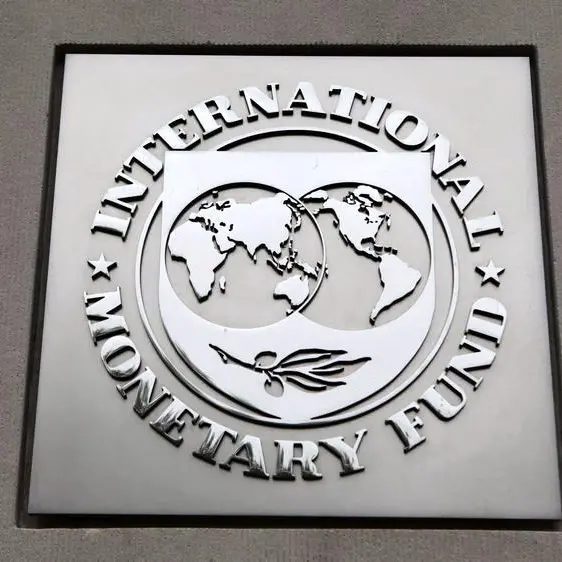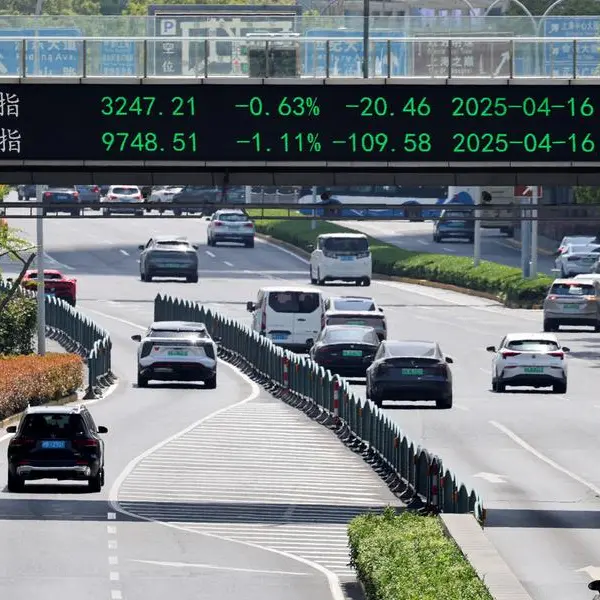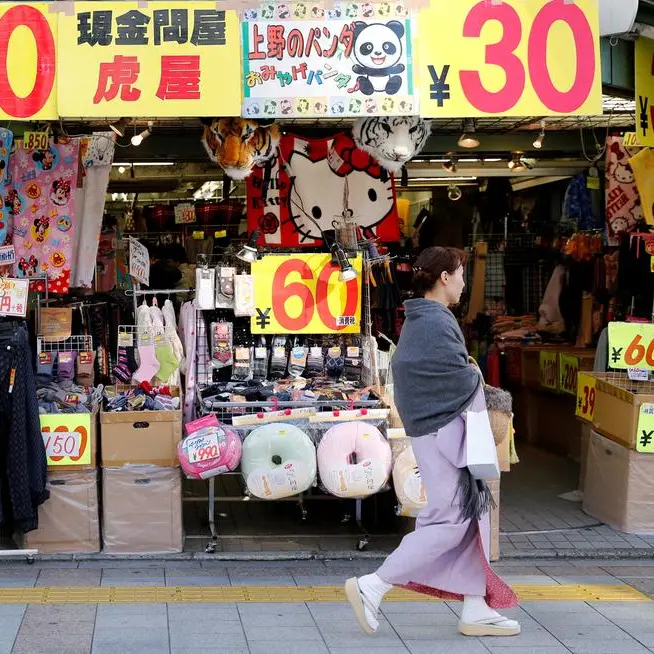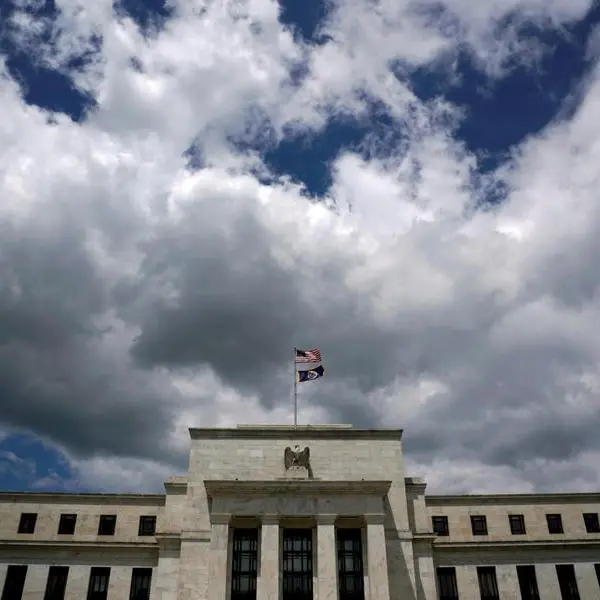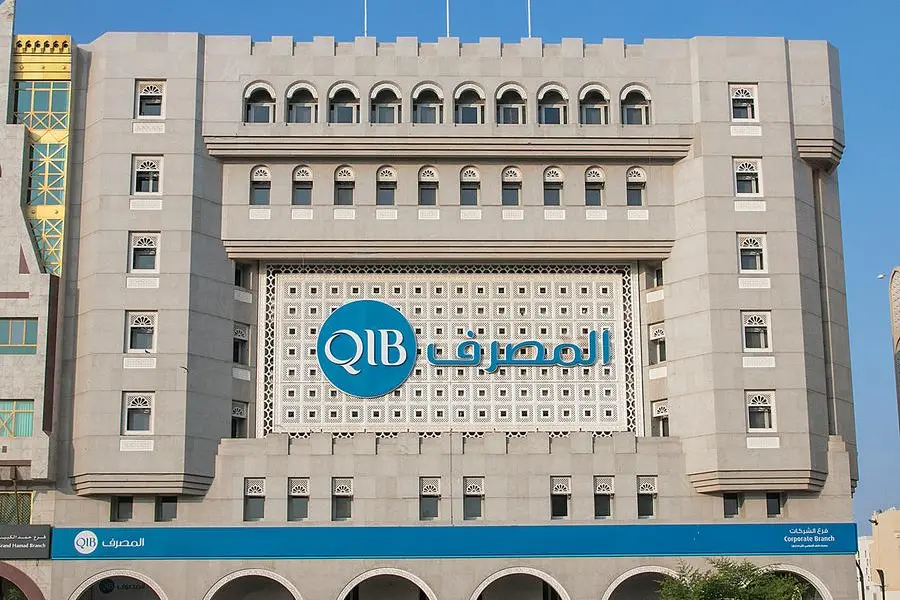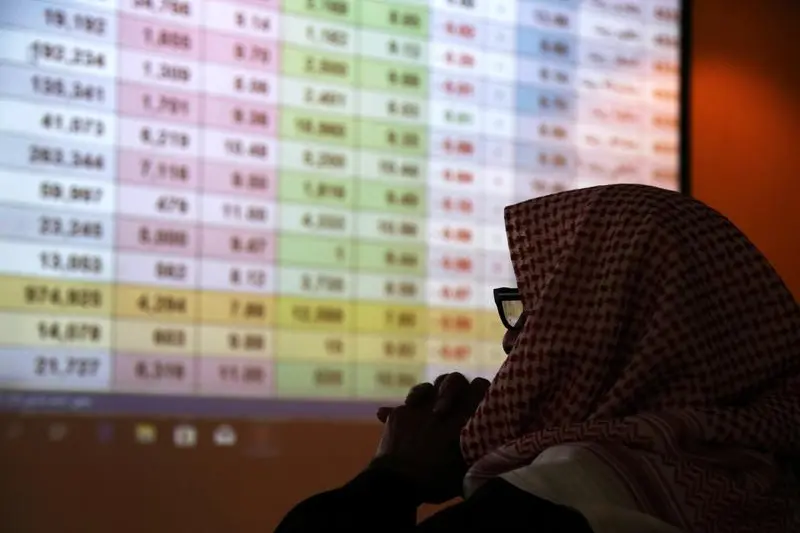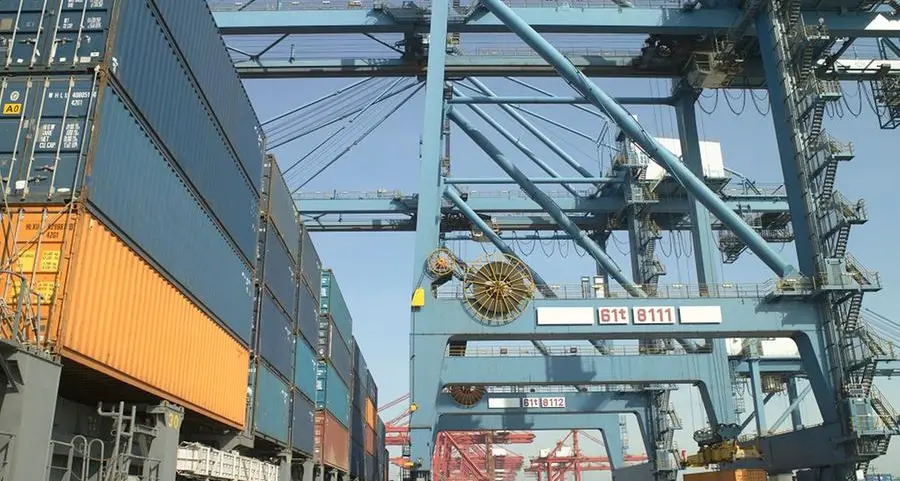PHOTO
FILE PHOTO: U.S. President Donald Trump delivers remarks on tariffs in the Rose Garden at the White House in Washington, D.C., U.S., April 2, 2025. REUTERS/Carlos Barria/File Photo
Mubasher: US President Donald Trump has unveiled his long-anticipated tariff plan, announcing a substantial change in the US’ position towards international trade.
All trading partners of the US are now subject to a 10% baseline tariff that was implemented on 5 April 2025, while specific countries received tariffs at higher levels, according to a recent report by Emirates NBD Research.
Among major trade partners that were targeted with higher rates are China at 34%, the European Union at 20%, Japan at 24% and South Korea at 25%.
The Trump administration’s metric for the level of “reciprocal tariff” was based on the size of an individual country’s trade position relative to the US divided by the US’ imports from that country. Countries that run large trade surpluses with the US have received relatively higher tariff rates, for example Vietnam is at 46%, even though for many of them their capacity to increase their demand for US goods may be limited by economic conditions.
In the Middle East, the six economies of the GCC will now face a tariff of 10% while higher rates apply for other Middle East economies like 39% for Iraq.
Imports from Turkey will be subject to the baseline 10% rate while India will see a relatively higher tariff rate at 26%.
The US has listed multiple exemption categories from the tariffs announced on 2 April 2025 though commodities like steel and aluminium are already covered by a higher tariff rate of 25% introduced earlier in 2025.
Oil, natural gas and related products are not currently subject to tariffs while some other metals, pharmaceuticals and medical components, some building materials, precious metals and semi-conductors are also currently on the exemption list.
In Saudi Arabia the largest export to the US is oil which represents 84% of total exports to the US.
As a share of total Saudi oil exports, flows of oil to the US are meaningful at 5.7% and 4.1% of total overall exports. The US represents a negligible market for other Saudi exports, however.
In Egypt, the largest export flow to the US is apparel at 47% of total Egyptian exports to the US.
The US represents a key market for the Egyptian textile sector at 42% of total apparel exports and 2.3% of Egypt’s total exports.
Meanwhile, the US represents a relatively small share of total UAE exports at 2% of total as of 2023.
Aluminium is the largest export good from the UAE to the US, accounting for 19% of total exports to the US and subject to the 25% tariff rate.
As a share of total UAE aluminium exports, however, exports to the US represented 14% and just 0.4% of total UAE exports. Other key exports to the US include pearls and precious stones and miscellaneous manufactured goods as of 2023.
India and Turkey, with large and diversified manufacturing bases, have relatively higher exposure to the US economy with the market accounting for almost 18% and 6% of their exports respectively.
For India, pharmaceutical exports are one of the largest export groups to the US though these are currently exempt from tariffs.
In Turkey, textiles are the largest single exposure to the US though at just 0.6% of total Turkish exports it is a relatively marginal share.
Overall the impact of tariffs on the economies of the MENAT region should be fairly muted given they have a relatively limited exposure to the US economy and many sectors are exempt from tariffs at present.
The UAE, in particular, has also actively pursued trading relationships with many economies around the world to reduce trade barriers to insulate itself from volatility in global trade flows.
However, the sharp drop in oil prices following the announcement of the tariffs and OPEC+’s decision to bring forward its planned production increases will act as a strain on the fiscal position of many GCC economies in particular.
Mubasher

